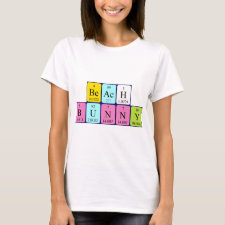
Authors: Suedee R, Srichana T, Rattananont T
Article Title: Enantioselective release of controlled delivery granules based on molecularly imprinted polymers.
Publication date: 2002
Journal: Drug Delivery
Volume: 9
Issue: (1)
Page numbers: 19-30.
DOI: 10.1080/107175402753413145
Abstract: The objectives of our study were two fold: to examine enantioselective release of controlled delivery granules based on molecularly imprinted polymers (MIPs) for various racemic drugs, including ibuprofen and ketoprofen (NSAIDs) and propranolol (beta-blockers); to evaluate the use of controlled delivery granules containing a combination of different MIPs for the multiple simultaneous enantioselective-controlled delivery of mixed racemic drugs. In this work, the MIP beads selective to S-Ibuprofen, S-ketoprofen, and R-propranolol were prepared using multistep swelling and thermal polymerization method. Afterward, the MIP beads were formulated with racemate of the chiral drugs and a binder and followed by granulation. Then, the enantioselective release of racemic drugs from the prepared MIP granules was investigated by an in vitro dissolution test using a chiral HPLC for assays of enantiomers. The influence of drug/polymer ratio and medium pH on the selective enantiomeric release of MIP granules was explored. Further, the release of the enantiomers of racemic ibuprofen and racemic ketoprofen from the granule containing two MIPs-S- ibuprofen MIP and S-ketoprofen MIP-was examined. The release profiles of both S-ibuprofen MIP granule and R-propranolol MIP granule exhibited differential release of enantiomers. Also, the findings indicated the stereoselective retardation of those controlled delivery granules as well as the influence of MIP formulation on enantioselective release mechanism. The enantioselective release of S-ibuprofen MIP granule and R- propranolol MIP granule appeared to depend on polymer loading and medium pH. In this case, the drug/polymer ratio of 1: 25 showed the best enantioselective release with initial enantiomeric excess of 100%. On the other hand, the enantioselectivity of both granules was the greatest in buffer pH 7.4. Furthermore, the efficiency in enantioselective release of the combined MIP granule was higher than its relative single MIP granules, as a result of the cross-reactivities of the MIPs. In our study, controlled delivery granules based on MIPs demonstrated significant enantioselective release for several chiral drugs, and thus it may be developed as a tool to administer chiral pharmaceutical as a single enantiomer



Join the Society for Molecular Imprinting

New items RSS feed
Sign-up for e-mail updates:
Choose between receiving an occasional newsletter or more frequent e-mail alerts.
Click here to go to the sign-up page.
Is your name elemental or peptidic? Enter your name and find out by clicking either of the buttons below!
Other products you may like:
 MIPdatabase
MIPdatabase









